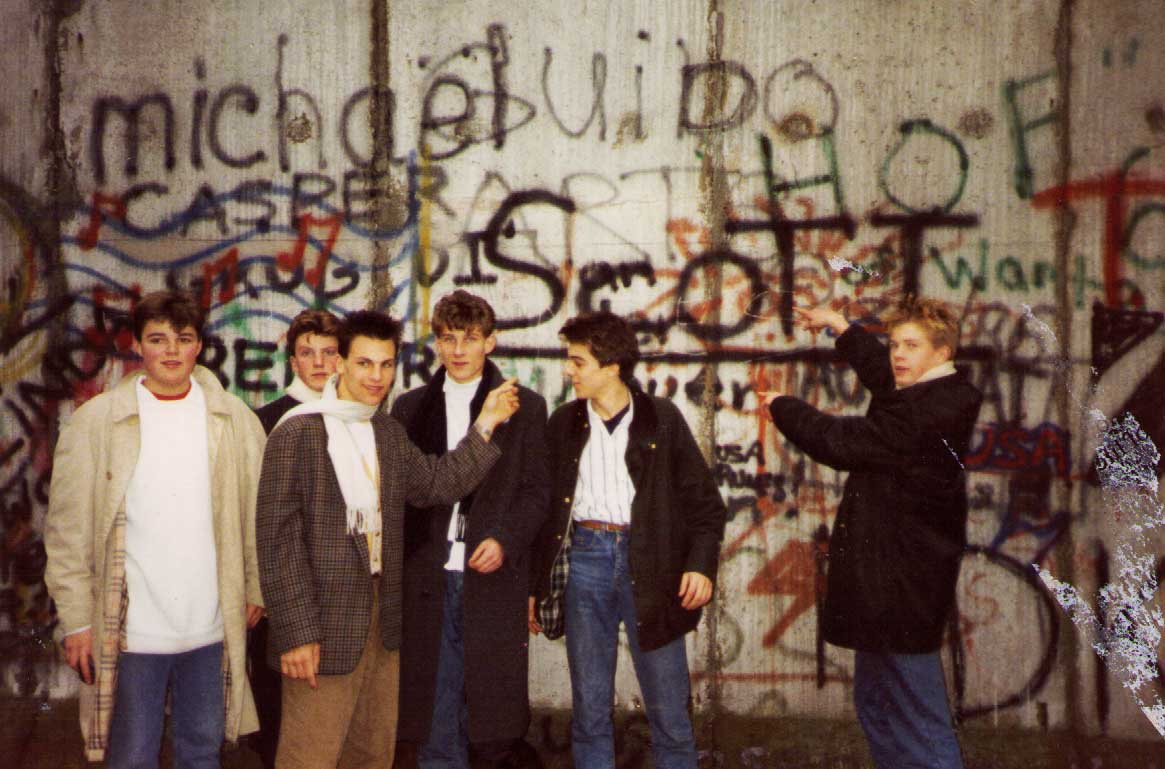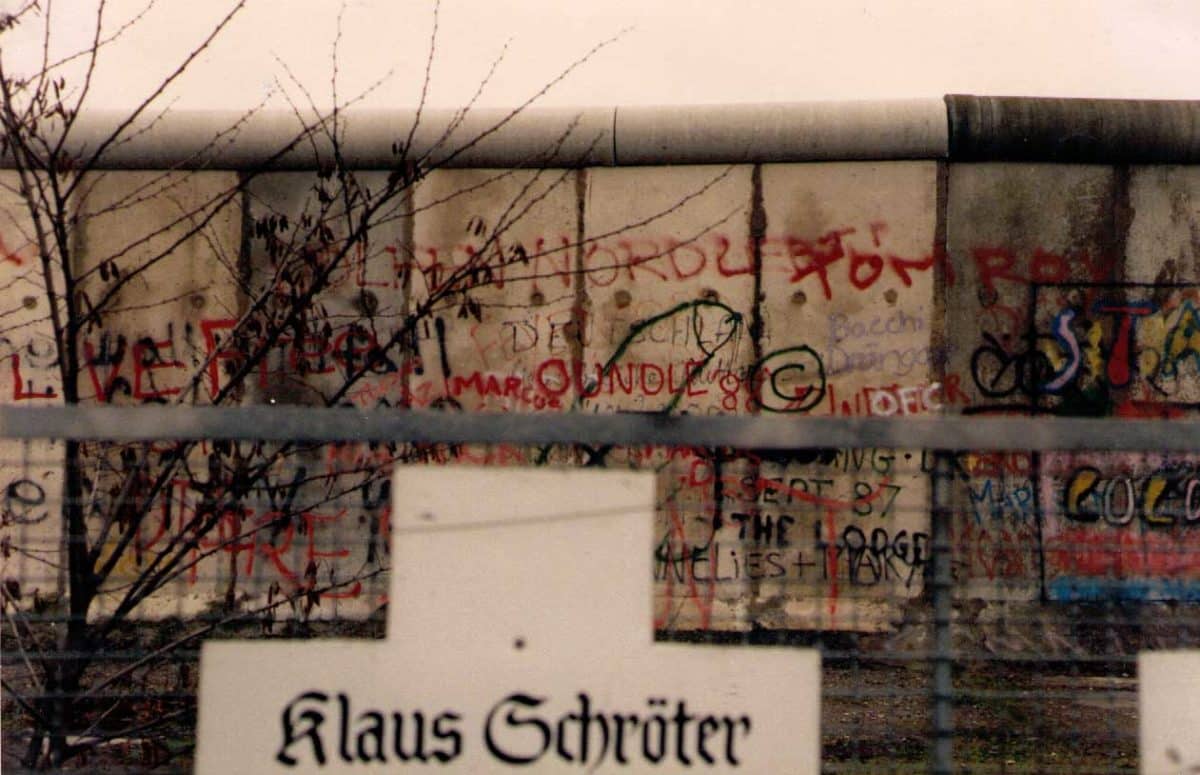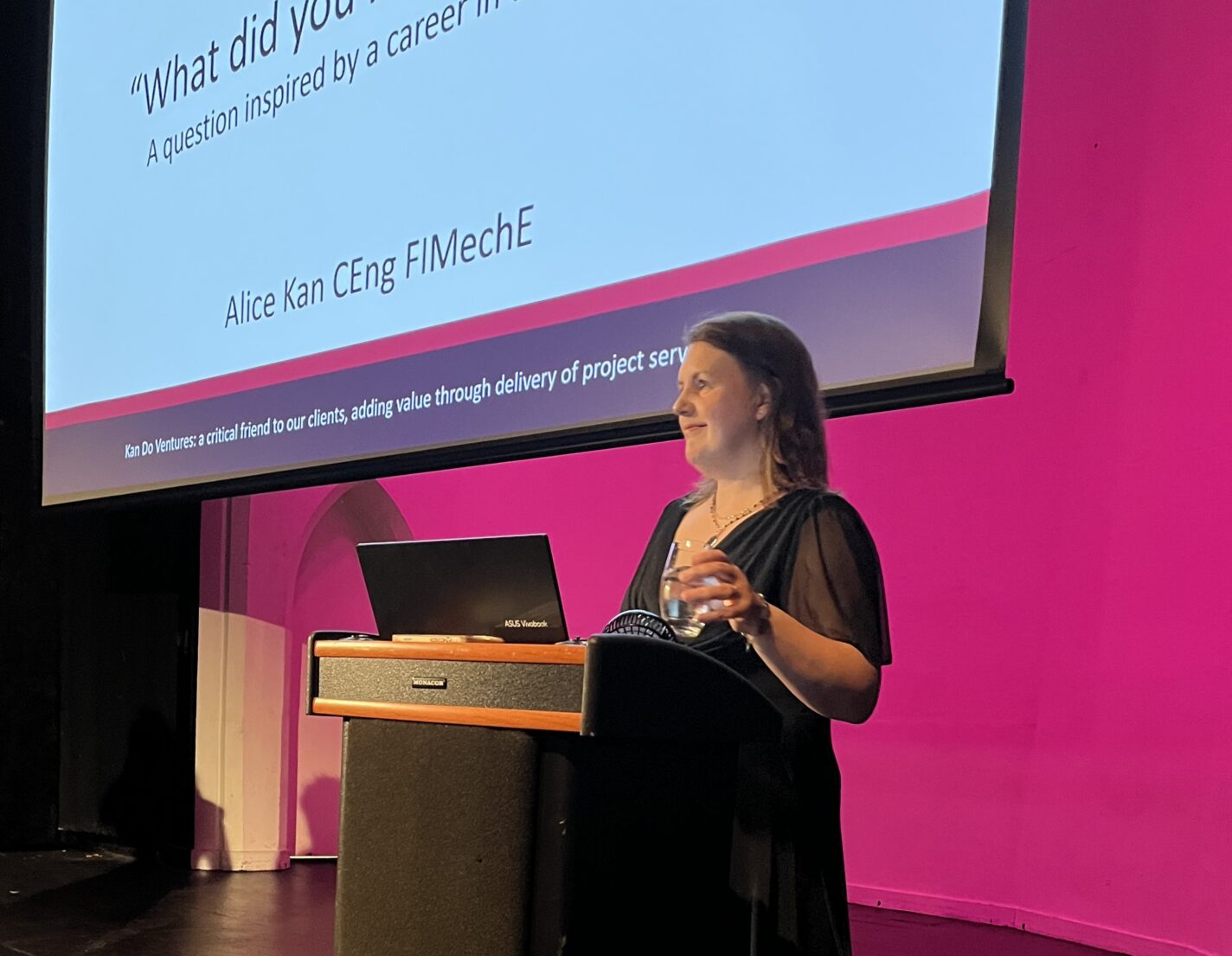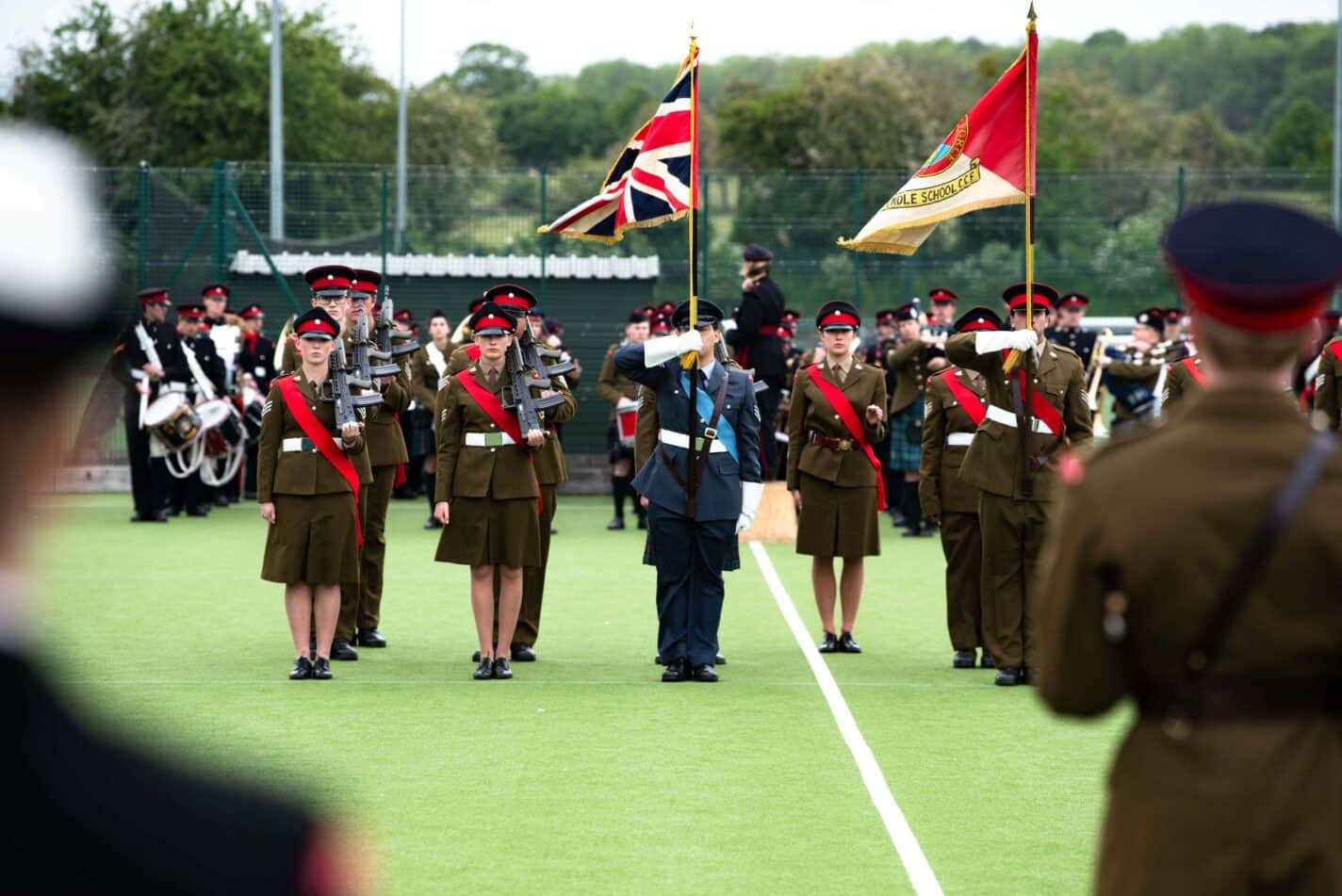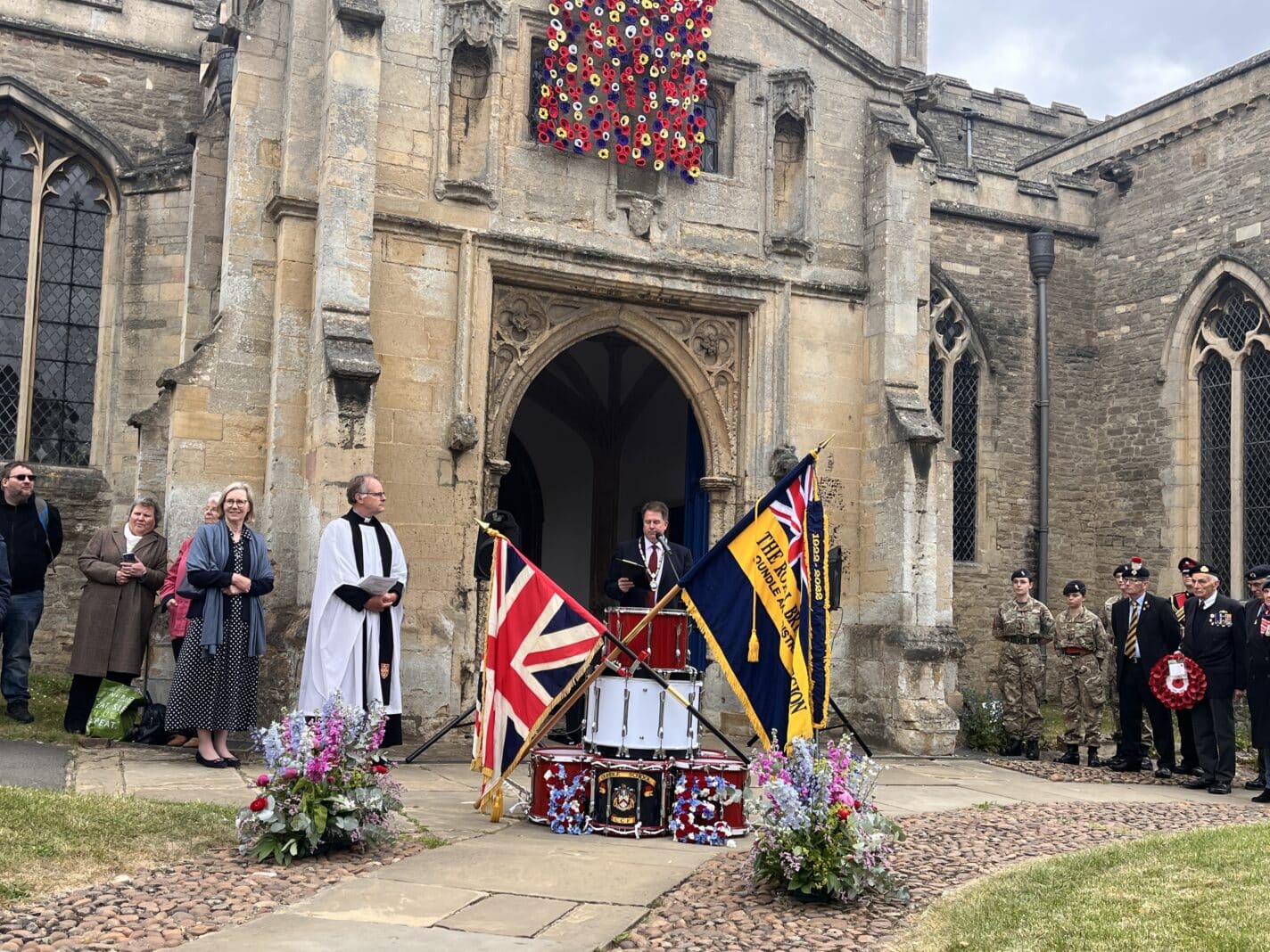The History department has been taking pupils to Berlin for decades, and after a brief pandemic enforced break, forty-four pupils once again returned to a city that has served as a fulcrum of European history. Split into four small groups of just eleven pupils, pupils had bespoke tours led by veteran teachers who have enjoyed years of travel to Berlin and Eastern Europe. The group also met up with former department stalwarts Alan Midgley and Alistair Armstrong for added insights.
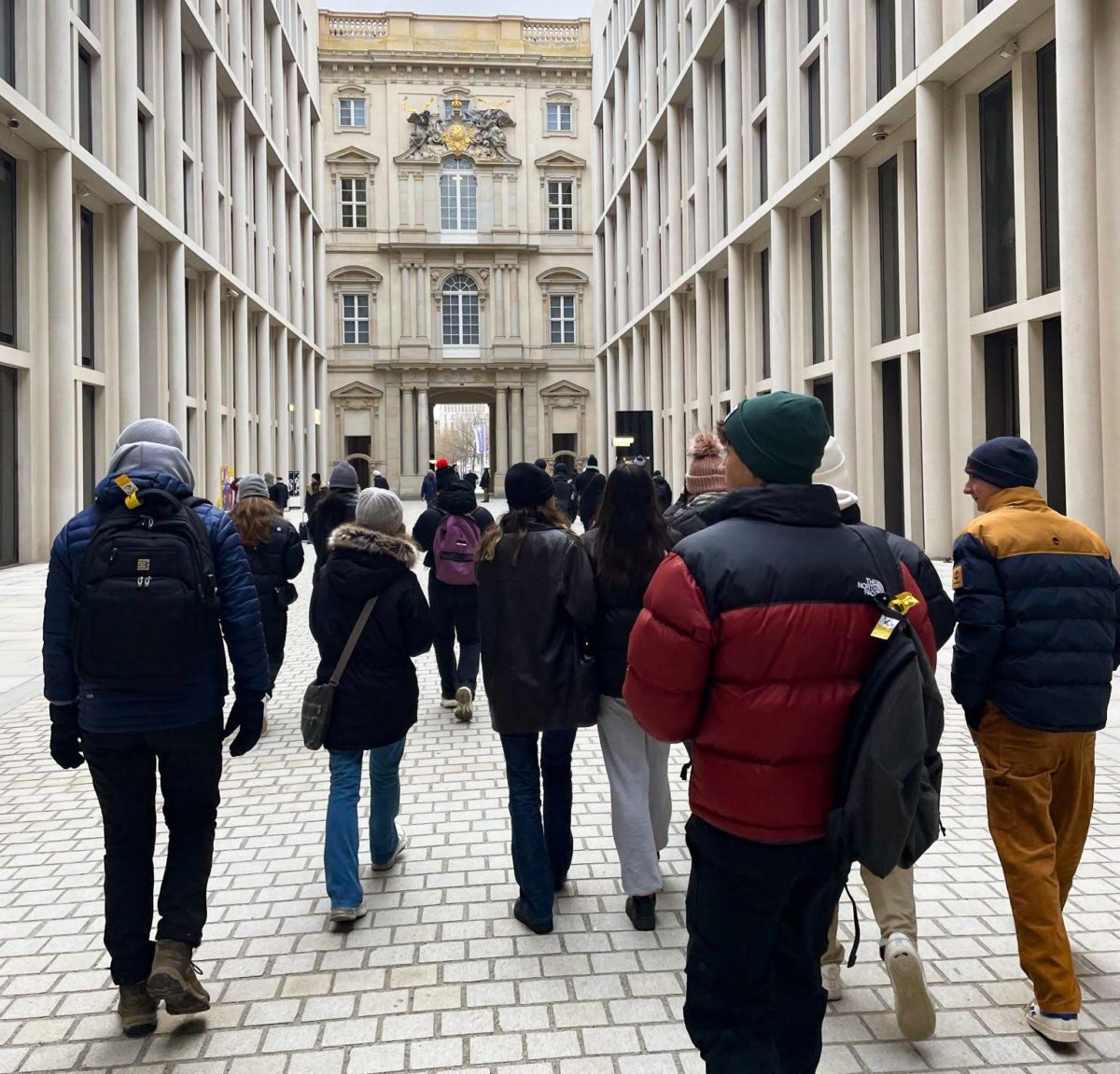
During the week, they explored many of Berlin’s most famous and important cultural landmarks, including the Brandenburg gate, the National History Museum, the Tiergarten, and the Victory Column.
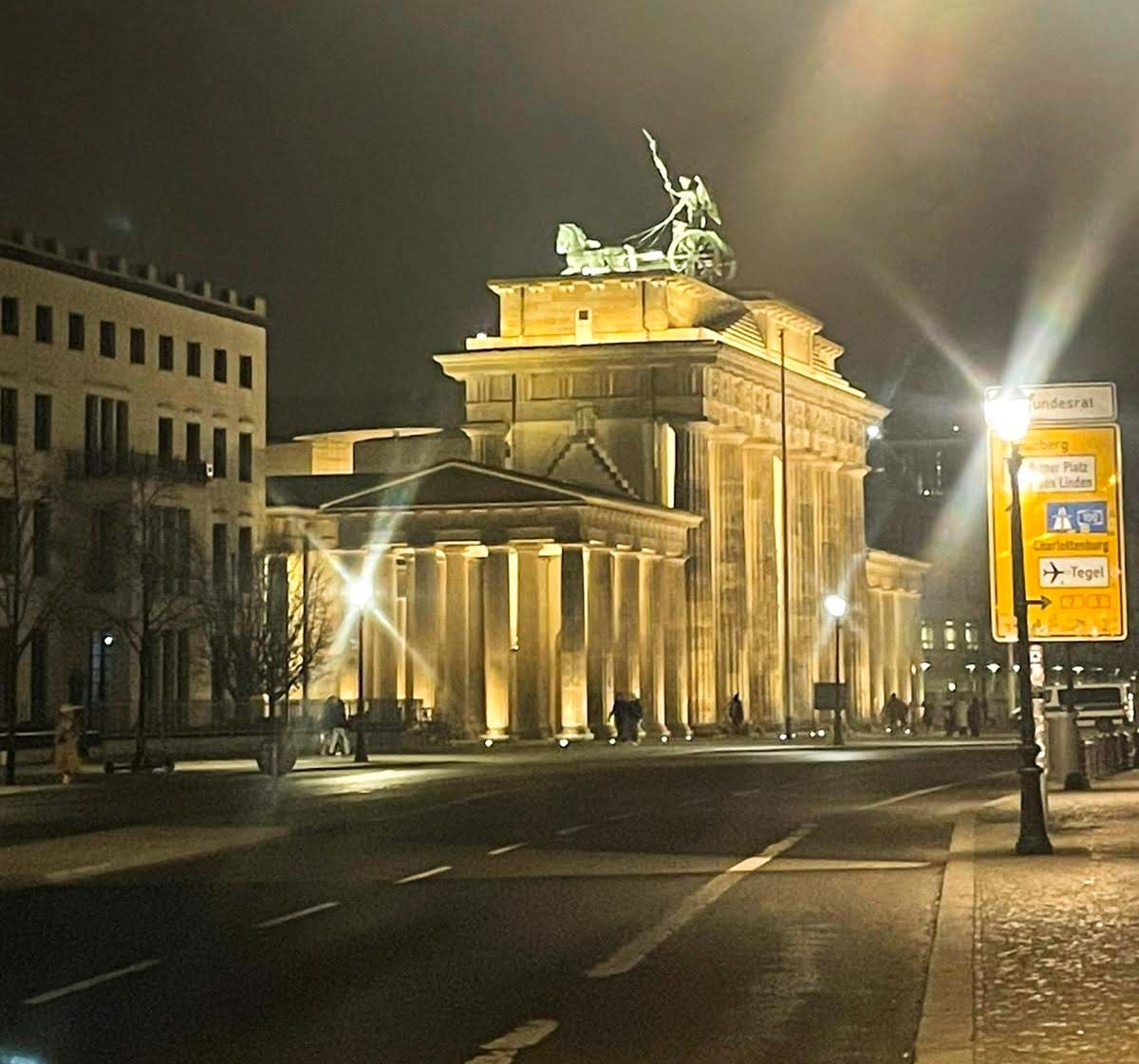
Berlin’s modern history from the terror of the Nazi administration to the Cold War was represented by its memorials and museums, such as the monolithic Olympic stadium, the field of stelae at the Monument to the Murdered Jews of Europe, and remnants of the Berlin Wall.
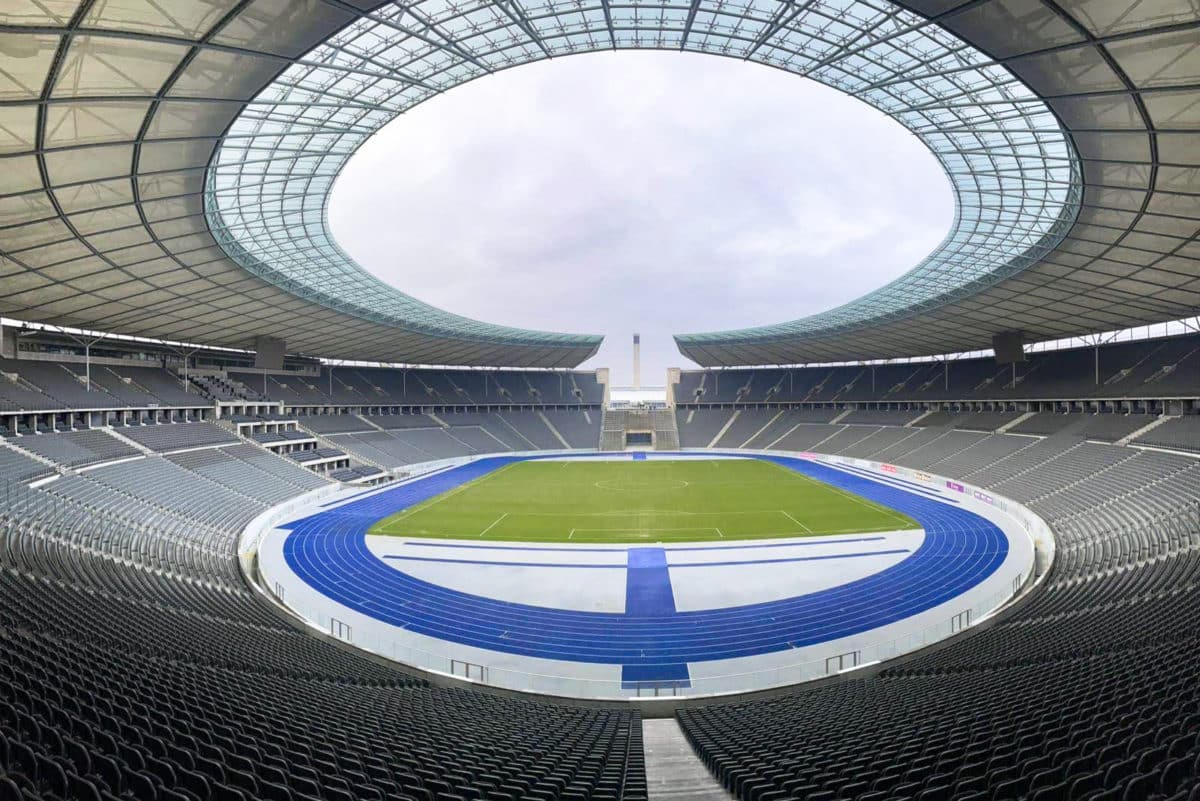
Despite the decades of strife, Berlin’s famous cultural vibrancy endures. From low culture to high culture, there were rich offerings. Pupils visited Christmas markets, ate at a Bavarian-themed beer hall, attended a German premiere at the Philharmonie Berlin, and Arise at the Friedrichstadt-Palast, a show overflowing with “hope, happiness and the power of love”.
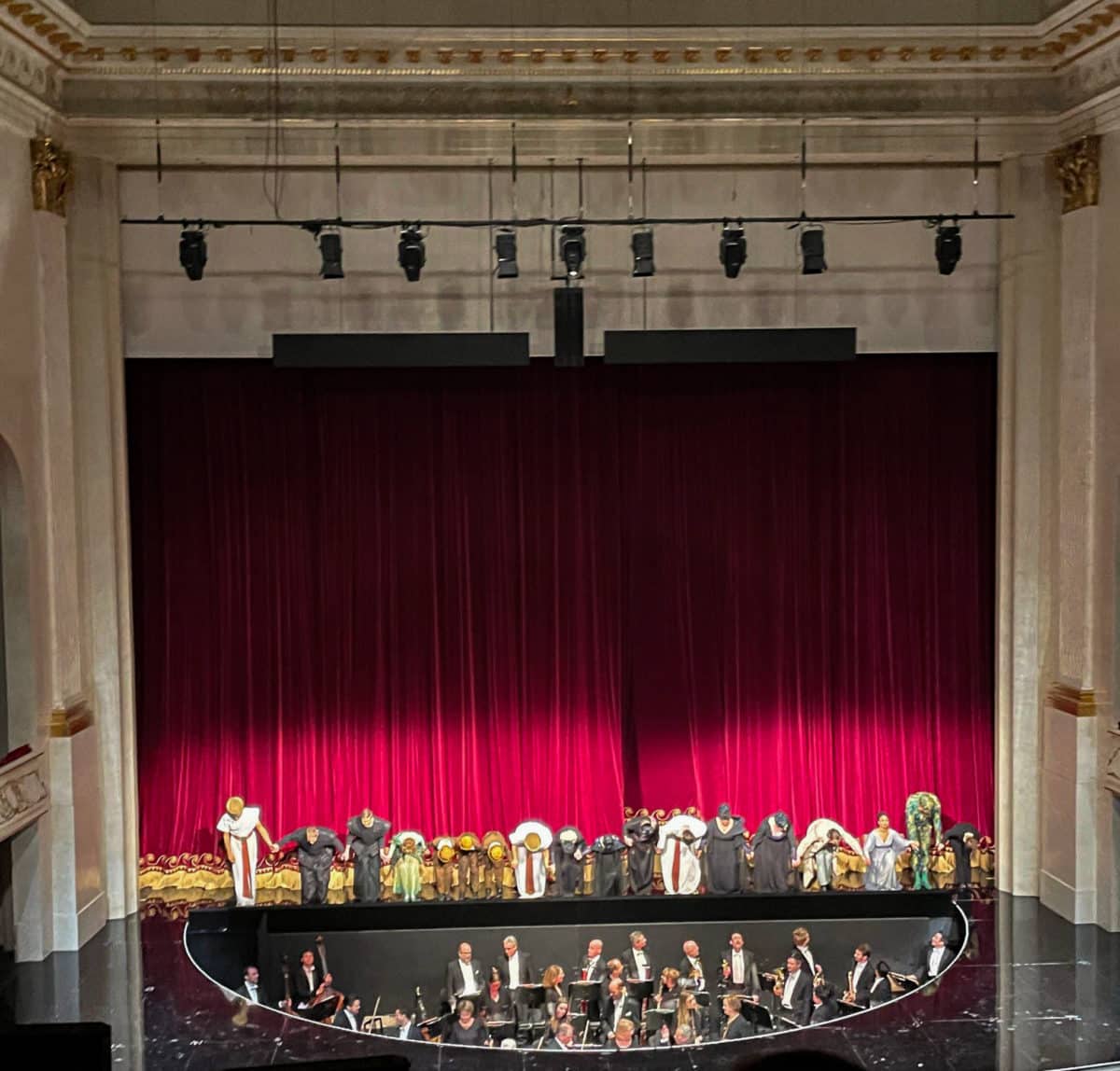
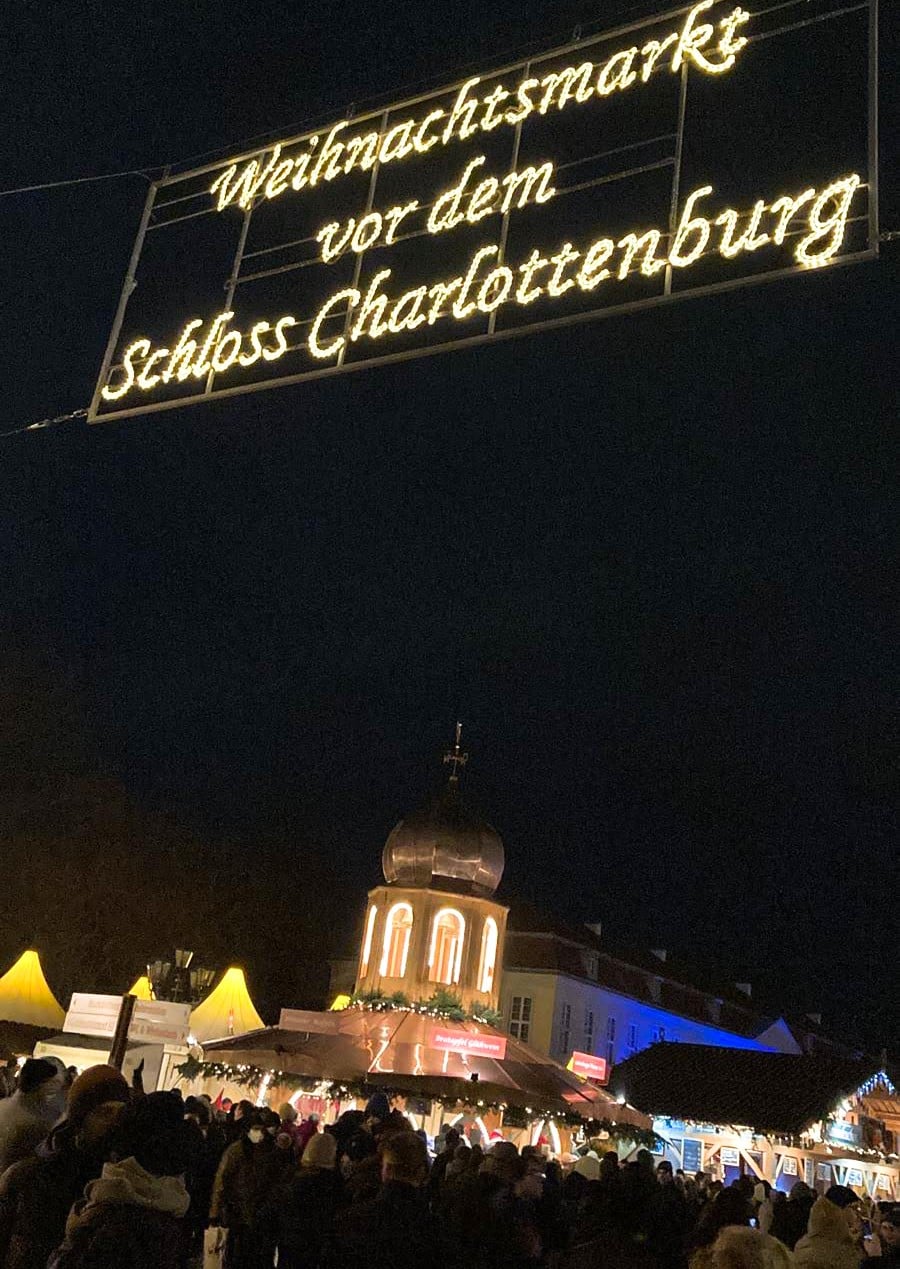
In a flashback of more than 30 years ago, Oundle pupils toured Berlin in 1988, and became part of the city’s history when they made their mark on the Wall before it came down (photos by Matt Shearer).
